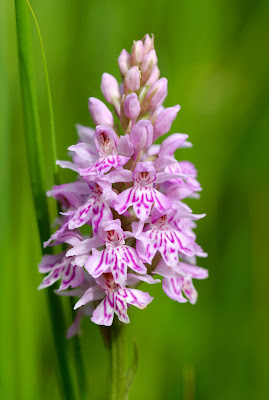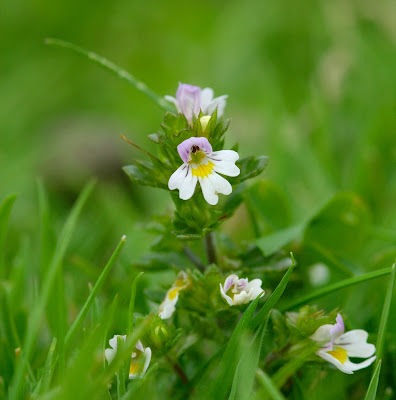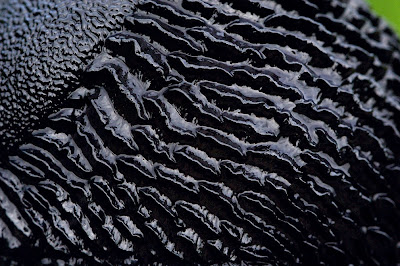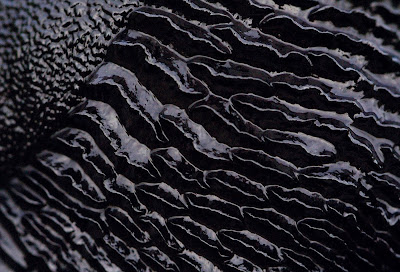This morning I visited the Saltings in Old Kilpatrick to take part in a bird survey. The Saltings is an area of marshy meadow and mixed woodland which lies between the River Clyde and the Forth & Clyde Canal, below the Erskine Bridge. It is West Dunbartonshire's only nature reserve and recieved that designation fairly recently.
In the brilliant sunshine Ringlet butterflies (Aphantopus hyperantus) fluttered above the multicoloured meadow flowers. Tall dense-flowering spikes of orchids were everywhere in vivid shades of magenta and pink. Closer inspection revealed these to be Common Spotted (Dactylorhiza fuchsii), Northern Marsh (Dactylorhiza purpurella) and many which looked suspiciously like fuchsii x purpurella hybrids.
In the brilliant sunshine Ringlet butterflies (Aphantopus hyperantus) fluttered above the multicoloured meadow flowers. Tall dense-flowering spikes of orchids were everywhere in vivid shades of magenta and pink. Closer inspection revealed these to be Common Spotted (Dactylorhiza fuchsii), Northern Marsh (Dactylorhiza purpurella) and many which looked suspiciously like fuchsii x purpurella hybrids.
 |
| Northern Marsh Orchid (Dactylorhiza purpurella) |
 |
| Northern Marsh Orchid (Dactylorhiza purpurella) |
Nothing too unusual on the birding front - some Blackcaps (Sylvia atricapilla) could be heard calling and there were some warblers flitting about which may have been Whitethroats. Standing, silently frozen, by the edge of the canal, was a very rufous-brown Roe buck (Capreolus capreolus) with a fine set of antlers. Further along we spotted a Grey Heron (Ardea cinerea) which took off hastily. On the path we found a dead Common Shrew (Sorex araneus).
There were many Blue-tailed Damselflies (Ischnura elegans) along the canal.
There were many Blue-tailed Damselflies (Ischnura elegans) along the canal.
 |
| Common Valerian (Valeriana officinalis) |
Valerian root has sedative effects and has been used to treat insomnia, anxiety and as a pain-reliever. This plant is also a cat attractant (containing actinidine) with effects similar to catnip.


































